Md. Mahim Anjum Haque
Introduction to Medical Imaging Informatics
Jun 07, 2023



Abstract:Medical imaging informatics is a rapidly growing field that combines the principles of medical imaging and informatics to improve the acquisition, management, and interpretation of medical images. This chapter introduces the basic concepts of medical imaging informatics, including image processing, feature engineering, and machine learning. It also discusses the recent advancements in computer vision and deep learning technologies and how they are used to develop new quantitative image markers and prediction models for disease detection, diagnosis, and prognosis prediction. By covering the basic knowledge of medical imaging informatics, this chapter provides a foundation for understanding the role of informatics in medicine and its potential impact on patient care.
CoDesc: A Large Code-Description Parallel Dataset
May 29, 2021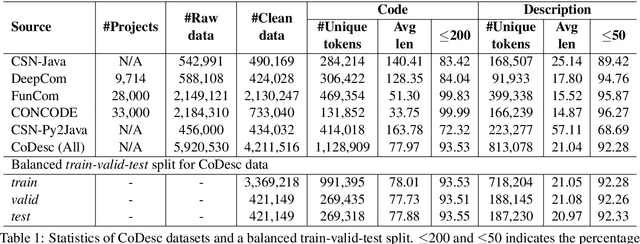
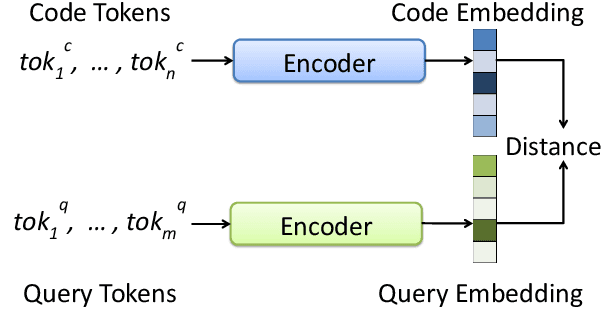
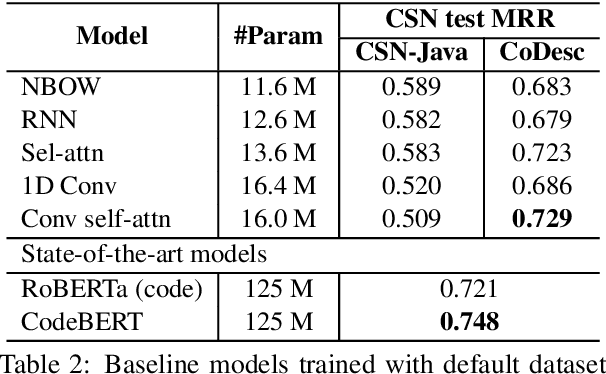

Abstract:Translation between natural language and source code can help software development by enabling developers to comprehend, ideate, search, and write computer programs in natural language. Despite growing interest from the industry and the research community, this task is often difficult due to the lack of large standard datasets suitable for training deep neural models, standard noise removal methods, and evaluation benchmarks. This leaves researchers to collect new small-scale datasets, resulting in inconsistencies across published works. In this study, we present CoDesc -- a large parallel dataset composed of 4.2 million Java methods and natural language descriptions. With extensive analysis, we identify and remove prevailing noise patterns from the dataset. We demonstrate the proficiency of CoDesc in two complementary tasks for code-description pairs: code summarization and code search. We show that the dataset helps improve code search by up to 22\% and achieves the new state-of-the-art in code summarization. Furthermore, we show CoDesc's effectiveness in pre-training--fine-tuning setup, opening possibilities in building pretrained language models for Java. To facilitate future research, we release the dataset, a data processing tool, and a benchmark at \url{https://github.com/csebuetnlp/CoDesc}.
BERT2Code: Can Pretrained Language Models be Leveraged for Code Search?
Apr 16, 2021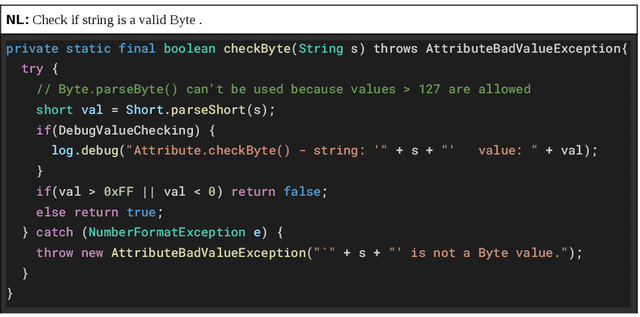

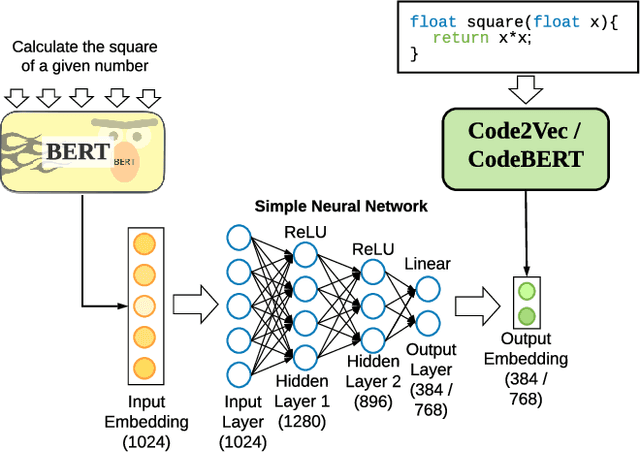

Abstract:Millions of repetitive code snippets are submitted to code repositories every day. To search from these large codebases using simple natural language queries would allow programmers to ideate, prototype, and develop easier and faster. Although the existing methods have shown good performance in searching codes when the natural language description contains keywords from the code, they are still far behind in searching codes based on the semantic meaning of the natural language query and semantic structure of the code. In recent years, both natural language and programming language research communities have created techniques to embed them in vector spaces. In this work, we leverage the efficacy of these embedding models using a simple, lightweight 2-layer neural network in the task of semantic code search. We show that our model learns the inherent relationship between the embedding spaces and further probes into the scope of improvement by empirically analyzing the embedding methods. In this analysis, we show that the quality of the code embedding model is the bottleneck for our model's performance, and discuss future directions of study in this area.
 Add to Chrome
Add to Chrome Add to Firefox
Add to Firefox Add to Edge
Add to Edge